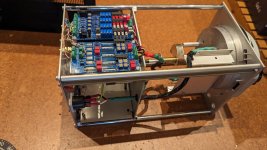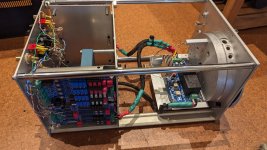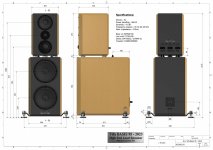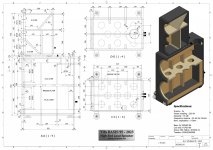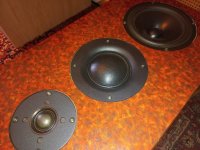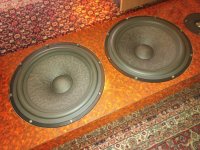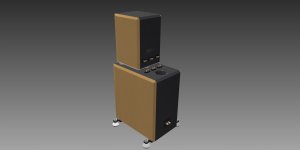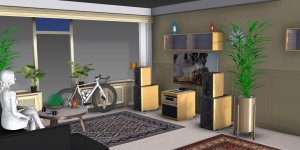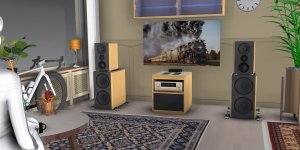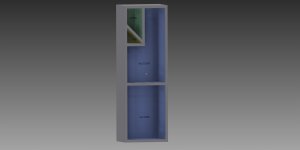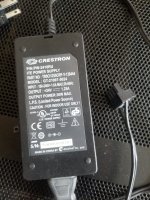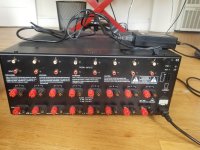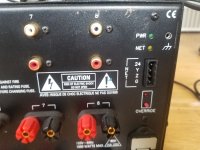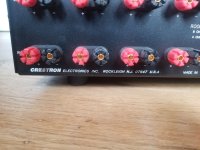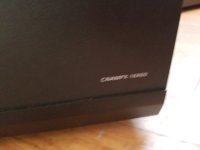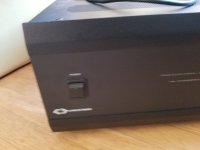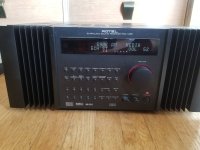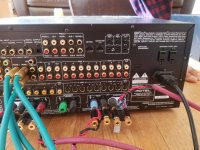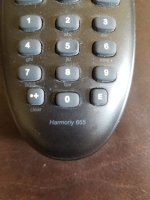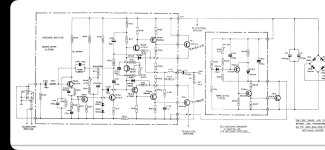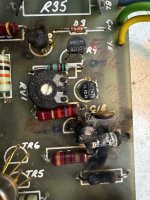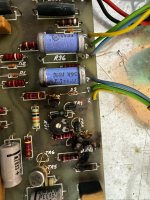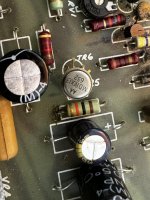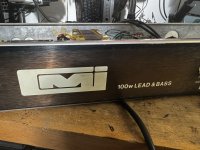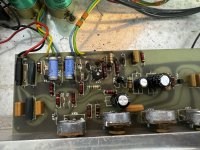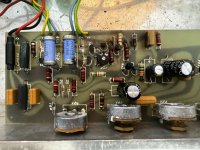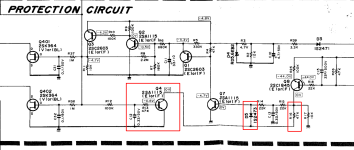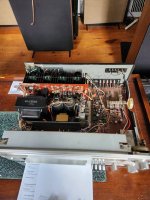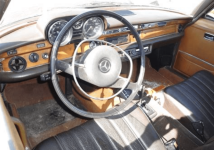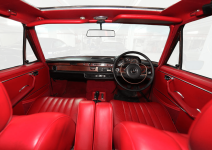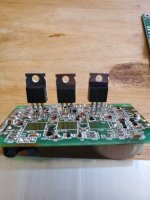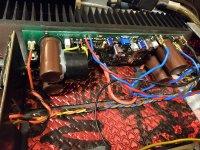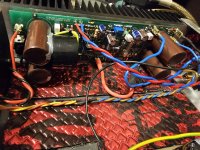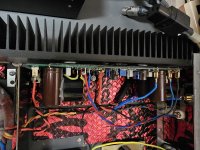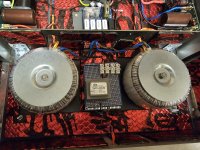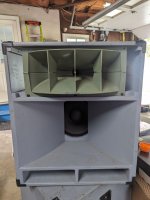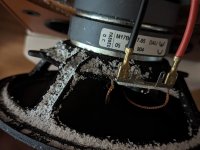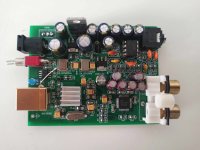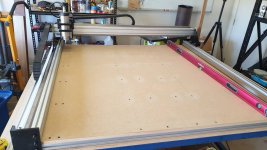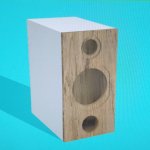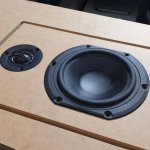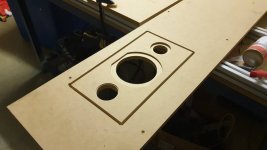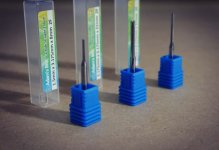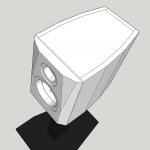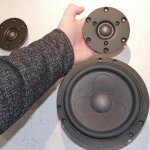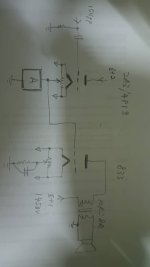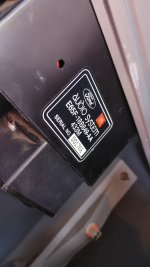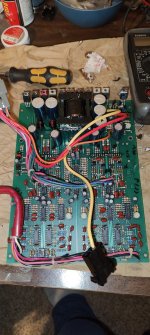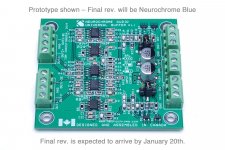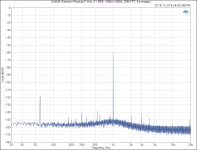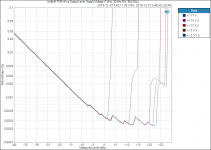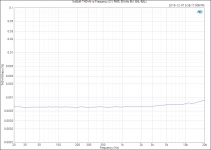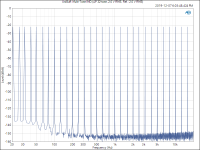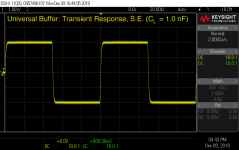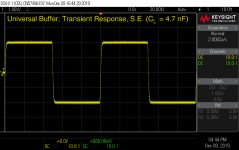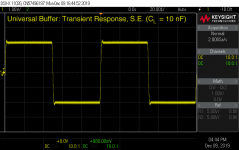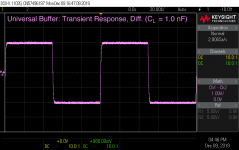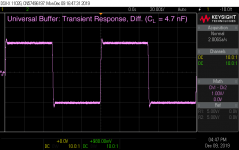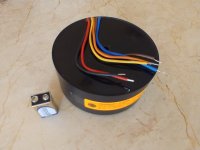Hello everyone. For some time now I have had an idea in mind with some speakers that I have on hand, bought new, for a more personal project, but due to my lack of experience, I am not completely sure if what I am going to do will behave exactly as I I think and or it will come out differently.
The idea is the following, for the project I will use two 3-inch full-range speakers with an amplitude that reaches a maximum of 90 or so on the smaller speakers. I also have two 6-inch full-range speakers, which will be the main ones. The 6-inch speakers they are a bit more special and I liked them from the very beginning and I definitely wanted to use them, especially since they have 96db amplitude. Now the idea is that I have no idea how the 4 full range loudspeakers will behave together, but I I go by the principle that they should complement each other in frequency response due to the fact that both have a very linear frequency band in theory at least. I plan to use them to create a slightly stronger sound with them, especially for music techno and electro.3-inch speakers have a resonant frequency of 65hz, while 6-inch speakers have a resonant frequency of 40hz.
As I said above, I plan to use the loudspeakers for stronger music, not necessarily of high power but of high intensity, both loudspeakers are very capable, they have been tested and I have bought amplifiers for them, as well as most of the materials,it can be called a boombox type project which I want to use in my personal space.I also have the power supplies for the amplifiers, and amplifiers for them, so for the most part I have most of the materials almost ready.
For starters, I'm thinking of going with the resonant frequency of the speakers and the recommended volume at least for the 6-inch ones (approximately 22 liters).
So far I haven't simulated anything in WinISD because I wanted to find out some opinions and possibly discuss them, anyway I plan to make the project when they are all calculated and when I have the rest of the materials.
It will not be a problem for me the space that I will allocate to the enclosure, as long as it is not absurd.
I think that the 6-inch speakers, because they will be bigger, might cover a little bit of the smaller 3-inch speakers, but I don't think that will be the case entirely.
I'm planning to make a single enclosure, which I will possibly insulate with acoustic material, or acoustic sponge, or mineral wool, anyway, it remains to be seen, I'm not completely decided.
The loudspeakers will have frequency controlled by amplifiers from a 10-band equalizer module, which will directly equalize the frequency given by the amplifier.
As volume control (gain) of the amplifiers, I will use a volume module in 12 steps with equal loudness.I could consider using the iso-barik principle for one of the speakers, to increase the amplitude, but everything I talk about in this thread will remain at the idea stage, which I may complete in a certain period.
I have already bought the speakers, amplifiers, power supplies, and modules and I will leave you a link below to the materials I will use.
the enclosure remains to be calculated and designed - not being calculated and developed, I have some idea for the enclosure and I was thinking of trying an enclosure with inverted bass speakers
Here are the materials I will use, already purchased:
-6 inch full range speakers (
https://www.aliexpress.com/item/100...order_list.order_list_main.101.165e1802vVdWPb)
-3 inch full range speakers (
https://www.aliexpress.com/item/100...order_list.order_list_main.232.165e1802vVdWPb)
-the equalization module in 10 bands (
https://www.aliexpress.com/item/329....order_list.order_list_main.38.165e1802vVdWPb)
-the amplifier for the bigger speakers (50w) (
https://www.aliexpress.com/item/100....order_list.order_list_main.60.165e1802vVdWPb)
-the amplifier for the smaller speakers (25w) (
https://www.aliexpress.com/item/100....order_list.order_list_main.96.165e1802vVdWPb)
-oxygen-free copper cable of 400 cores (
https://www.aliexpress.com/item/100...order_list.order_list_main.284.165e1802vVdWPb)
-binding post terminals(
https://www.aliexpress.com/item/100...order_list.order_list_main.333.165e1802vVdWPb)
-volume potentiometer with loudness in 12 steps (
https://www.aliexpress.com/item/100...order_list.order_list_main.278.165e1802vVdWPb)
I am waiting for some possible ideas for how I could design the enclosure and other suggestions for the enclosure are welcome.
I listen to music genres from electro, techno to hardcore techno and other genres, but I want this project to be a more serious one, so I'm waiting to exchange some opinions and suggestions about how I could make the box and what resonance would be preferable to either, and if I could improve something else in the speaker. I don't think of using filters for speakers precisely because each speaker reproduces its frequency band without being affected by each other and complementing each other.I can allocate enough volume for the smaller speaker boxes, and since the speaker itself will be a single enclosure, it will basically be individual speaker boxes in a single box.. I know it sounds complicated...
The speaker parameters can be found on the products page
